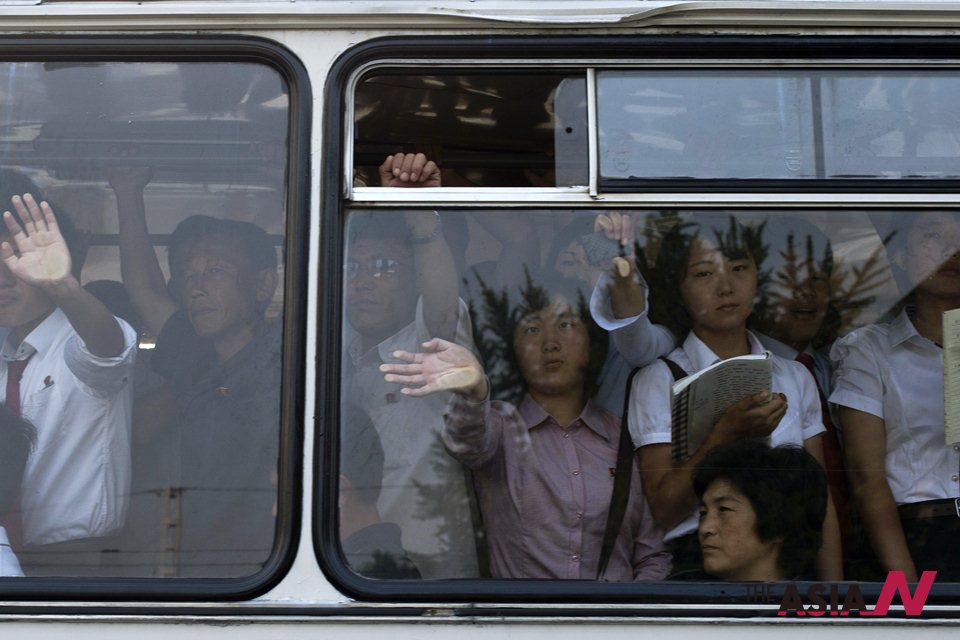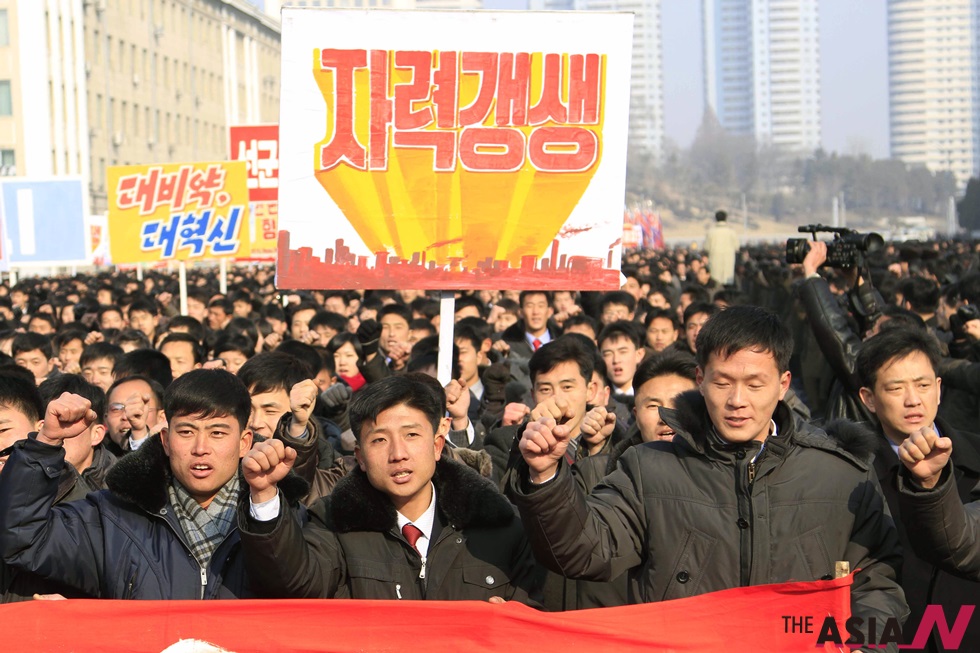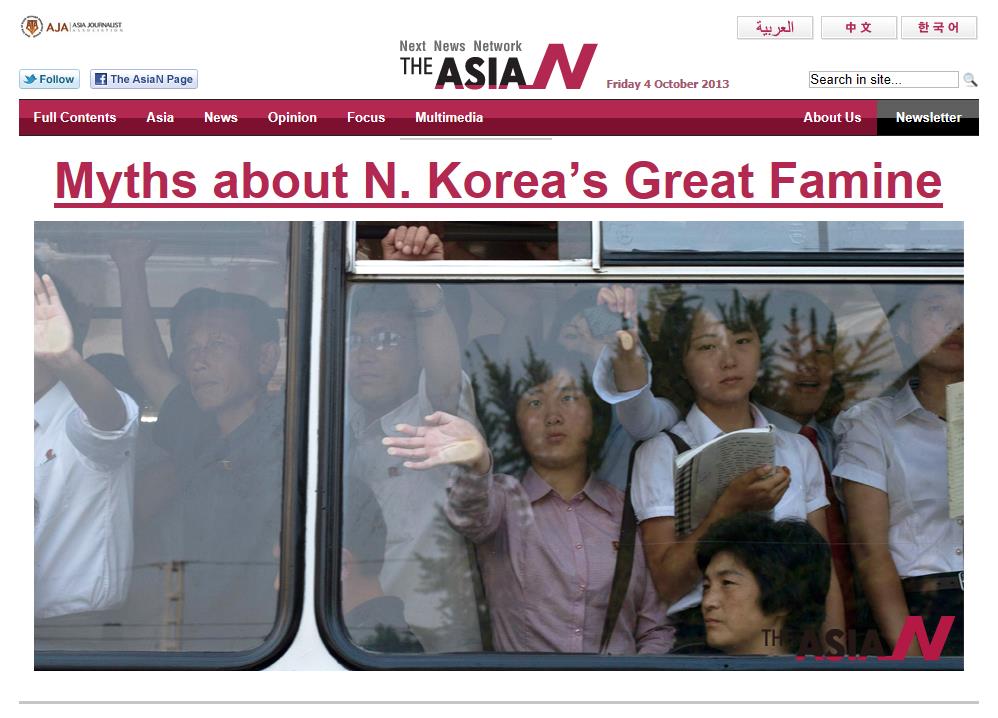
Myths and facts about North Korea’s Great Famine in 1990s
When it comes to North Korea, one of the most common clichés is a reference to the 1996-99 famine which, as we are told, “killed two or three million people”. This figure has been repeated countless times, and few people are aware where it comes from. Even fewer people know that this figure has been long rejected by virtually every single serious student of the North Korean economy.
First, let’s set records straight: North Korea is a very poor place, and the Great Famine of 1996-99 was, arguably, the worst humanitarian disaster in the recent history of East Asia. While there were many factors which led to the disaster, the major role was played by the government decision to keep the grossly inefficient system of Stalinist state-owned agriculture. This decision was driven by the need to maintain domestic political stability. To simplify things a bit, one can say that in the 1990s the North Korean political elite made a political decision to sacrifice countless lives of the fellow North Koreans in order to stay in power.
So, it is an ugly story, and one does not need exaggerations to show the horror of what happened in North Korea back in the 1990s. However, the outrage does not justify the repetition of the outdated and grossly inflated figures.
The oft-cited figure of “three million dead” comes from two sources: first, some studies which were conducted by an NGO in the late 1990s; second, from a testimony of a high-level defector who cited a classified North Korean report.
In the late 1990s, some NGOs, working with the North Korean refugees in China, conducted large-scale surveys of these refugees. The refugees were asked how many of the their family members and neighbors perished during the famine, and then these figure were used to reconstruct the nationwide average. The total was estimated at 2-3 million. This figure was reported at the time by all major media outlets, and soon began to be repeated, gradually becoming a cliché.
This cliché was supported by two political forces which are not exactly fond of one another. On one hand, this figure is repeated by the opponents of the Kim family regime who see it as another confirmation of its brutality. On the other hand, the figure is widely used by the aid agencies who believe that larger estimates help them to get more aid for North Korea. However, the existence of vested political interests does not necessarily make the oft-repeated cliché correct.
On that stage the researchers necessarily dealt with the refugees who overwhelmingly came from the areas which were hit hardest during the famine. It was a mistake to extrapolate these findings to the entire country.
The first attempt at an independent estimate of the famine deaths, however, yielded very different results. In 2001 Daniel Goodkind and Loraine West, both fromthe U.S. Census Bureau, published their first rigorous demographic study of the famine. Basing their conclusions on the available surveys (but making necessary adjustments) as well as drawing on the experience of other Asian countries, they scholars concluded that the number of the famine-related deaths in 1995-2000 period most likely numbered between 600,000 and one million. Working at the same time, but independently from Goodkind-West team, and using different methods, Lee Suk concluded that the figure should be in somewhat broader range of 580,000 to 1.1 million.
Then the North Korean government released results of the 2008 census. Most officials agree that the North Korean census data, in spite of occasional attempts to doctor it, is quite reliable and can be analyzed. The new studies followed, with virtually all of them revising the earlier estimates downward.
The Daniel Goodkind and Loraine West team, this time working with Peter Johnson, in 2011 issued a revised study of North Korea’s famine demographics. In this report, they estimated the number of deaths at 500-600,000, close the low range of their earlier estimates.
So far, the most recent analysis is also one which contains the lowest estimate of the famine-related mortality. According to a 2012 article by Thomas Spoorenberg and Daniel Schwekendiek, the number of excess deaths in 1995-2000 was between 240,000 and 420,000 total excess deaths, that is, constituted some 1–2 percent of the country’s population.
So, the emerging consensus seems to be clear: the average estimate is half million, not three million people. It still makes the North Korean famine a huge disaster. Even if the most optimistic estimate, that of 240,000, is to be believed, the famine of comparable scale in the United States would kill few million people. However, even the highest of serious estimates (1.1 million) is still well below the oft-repeated figure of three million the laypersons hear so frequently.
There is a good reason why such figures are repeated so frequently and mindlessly. The ‘three million’ figure sounds terrifying, and fits very well into the highly negative image of the North Korean state. So, assorted groups which, being driven by very different political motivations, want to paint the bleakest possible picture of the Kim Family Dictatorship, are quite fond of this figure.
But this enthusiasm seems to be misplaced. First, the truth has its value, irrespectively of one’s noble (or not so noble) political and ideological commitments. Second, the inflated estimates might backfire in the future when it becomes obvious that they are grossly exaggerated. Then some people might conclude that such revelations makes suspicious all evidence of the atrocities committed by the Kim Family. Even for the politicians, truth might be the best policy.







